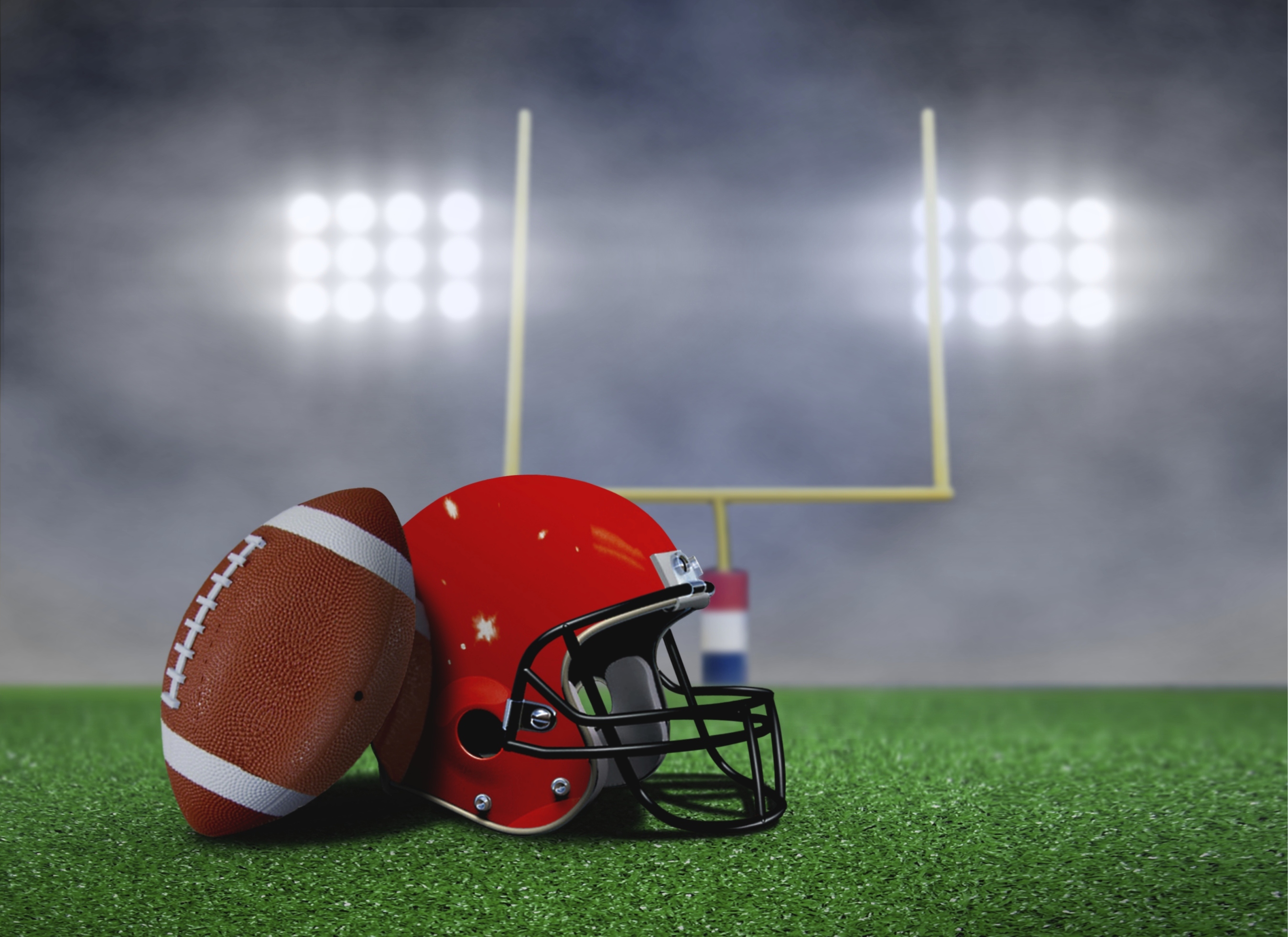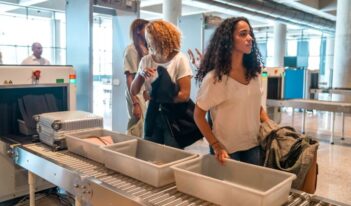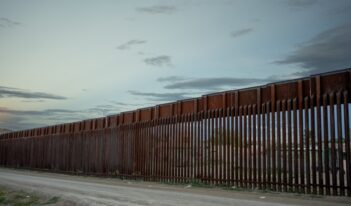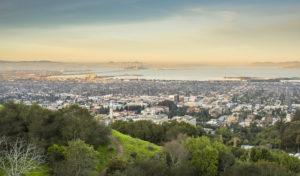
Federal, state, and local agencies aimed to safeguard major sporting event in the wake of terrorist attacks.
All eyes were on Santa Clara yesterday as this California city hosted Super Bowl 50, attracting over one million attendees, one hundred million television viewers across the country, and millions more viewers around the world. But fans were not the only ones watching the game closely.
Hundreds of law enforcement officers—hailing from over sixty federal, state, and local agencies—monitored the day’s events with laser-like focus, aiming to keep the stadium and surrounding areas safe. This massive security undertaking involved measures that had been years in the making—and which recently had been ramped up in the wake of terrorist attacks elsewhere in the world targeting sporting events and other densely-packed venues. As a result, the Super Bowl not only was among the most widely watched telecasts of the year: it was also one of the most carefully coordinated, technologically sophisticated, and tightly protected sporting events in U.S. history.
Law enforcement’s heightened focus on the Super Bowl is not new. Ever since the September 11th attacks, the U.S. Department of Homeland Security (DHS) and the Federal Bureau of Investigation (FBI) have identified the Super Bowl as an event especially vulnerable to terrorist attacks. Using a Special Event Assessment Rating (SEAR) System, which quantifies the potential security threat of upcoming special events, the FBI and DHS have assigned the Super Bowl a SEAR I rating for the past fifteen years. As a SEAR I event—the second-highest designation, behind only the designation for the Presidential Inauguration—the Super Bowl requires significant agency resources, and years of inter-agency planning.
To this end, agencies at every level had been long preparing for this year’s Super Bowl. For one, DHS had been overseeing the event’s security strategy for the past two years, coordinating with several dozen other federal agencies. Additionally, the U.S. Coast Guard (USCG), U.S. Air Force (USAF), and California Highway Patrol (CHP) spent the past two years conducting helicopter trainings in preparation for the event. And at the local level, San Francisco and other Bay Area cities set in motion three years ago plans to deal with the influx of people who would be headed to the region during the weeks leading up to the Super Bowl.
But over the past few months, agencies began to adopt even more robust security measures in light of recent terrorist attacks. In November, gunmen and suicide bombers killed 130 people during a string of attacks in Paris—one of which occurred at the French national stadium during a soccer game, sparking concerns of another attack during a sporting event. In December, fears of an attack hit still closer to home for sports fans in California, when an allegedly radicalized couple opened fire during a holiday party in San Bernardino, killing 14 people.
These events “are a vivid reminder of the new challenges we face when trying to ensure public safety in a free society,” Jim Allison, Bay Area Rapid Transit spokesperson, reportedly said. The Bay Area’s transportation system was a key security concern on game day. “Certainly the attacks in Paris influence the planning for the Super Bowl and the surrounding events and, if there had been any temptation to lapse into complacency, that has now been replaced by a renewed focus,” according to Allison.
After the Paris attacks, FBI agents and the Santa Clara Police began conducting drills around the stadium in preparation for an attack. More recently, the FBI established a pop-up operations center at an undisclosed location, where they monitored security cameras and communicated with on-the-ground officers. San Francisco and Santa Clara set up coordination centers of their own, from which they gathered and shared intelligence with one another and with other major cities.
On the stadium grounds, the FBI mobilized bomb experts, SWAT teams, and evidence collection experts, as well as helicopters to monitor the area overhead. To enter Super Bowl City—the zone encompassing the stadium and related events—spectators were required to place all of their items through DHS’s giant X-ray machine. Fans also were prohibited from bringing in items from an expansive list of banned cargo, including flags, banners, coolers, and even baby food that exceeded one liter.
These measures extended beyond the confines of Super Bowl City. Spurred by concerns of another Paris-style attack on “soft targets”—civilian sites, which typically lack a strong security presence—DHS released a memo two weeks ago directing local law enforcement agencies to monitor emerging threats. DHS reportedly cautioned the local agencies that the most vulnerable “targets of opportunity” would be outside—not inside—the stadium.
Shifting their focus toward protecting these soft targets, numerous agencies dialed up their surveillance of public sites. And as far as protecting these areas went, the sky was—quite literally—the limit. The Federal Aviation Administration (FAA), in coordination with the Air Force and California Air National Guard (CA ANG), implemented a no-fly zone during the Super Bowl, banning parachuting, hand gliding, sightseeing and balloon flights, and all drones within a 32-mile radius of the stadium.
Additionally, the Santa Clara Valley Transportation Authority (VTA) required that all passengers on Game Day pack their items within a specified-sized clear, plastic bag. Once on board, straphangers were monitored through the VTA’s elaborate system of sensors and cameras. The Transportation Security Administration (TSA) also kept an eye on Super Bowl revelers, dispatching “behavior detection officers” to monitor crowds for suspicious behavior at populated venues.
But even with a more robust-than-ever security apparatus in place, concerns remained.
“[Soft targets are] a tough thing to deal with,” David Johnson, San Francisco’s FBI special agent in charge, reportedly said. “There’s not always notification.”
Acknowledging the limitations of their security measures, some agencies turned to what they considered to be the most important resource of all: the public.
“Our goal is to prohibit anything from going astray, and the public’s vigilance is key to that,” Prentice Danner, a spokesman for the FBI’s San Francisco Division, reportedly said. “If you see something, say something.”



